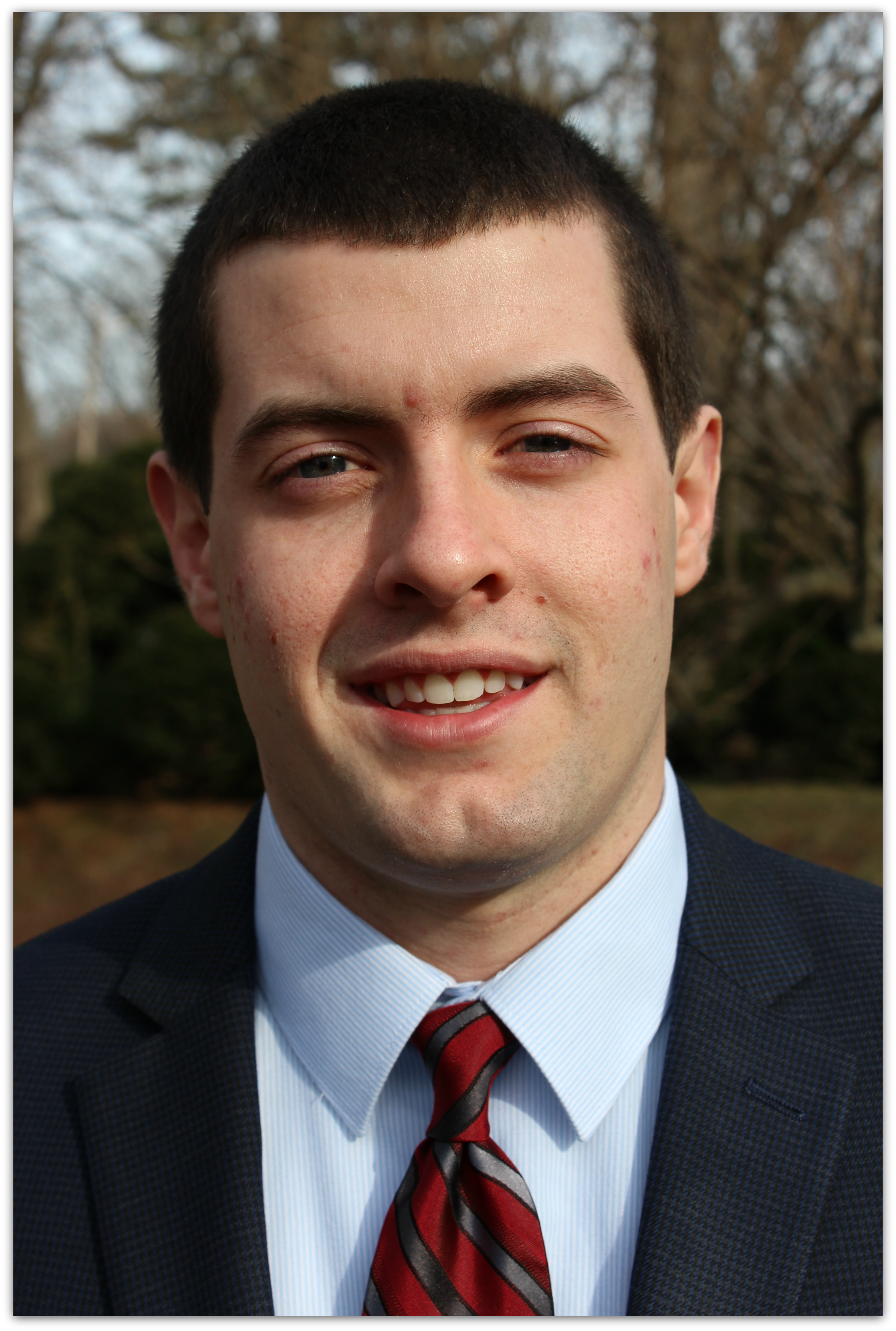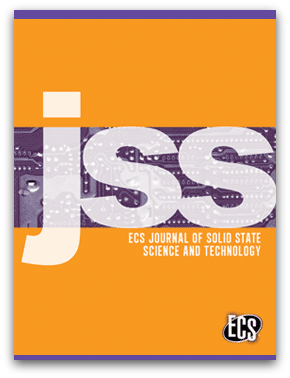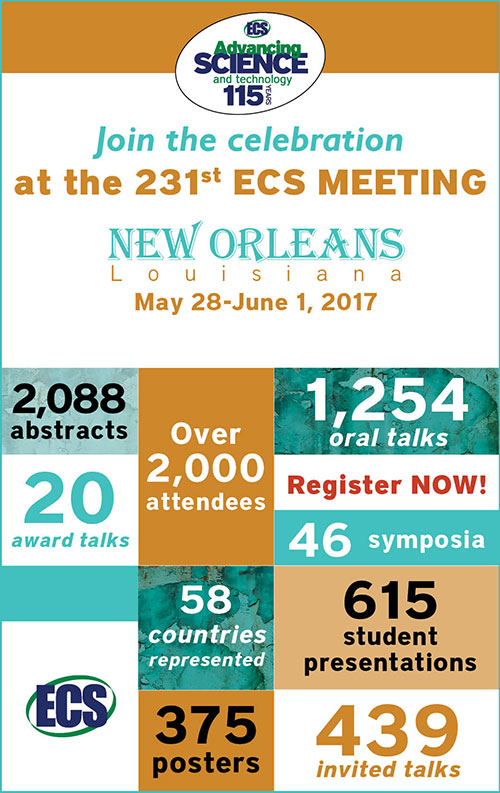ECS student chapters help connect young scientists to a robust local research network. With nearly 70 chapters established worldwide, students gain access to networking, collaboration, and educational opportunities. The ECS Aalborg University Student Chapter is one of three new chapters chartered by the ECS Board of Directors on March 7, 2017. The chapter’s president, Vaclav Knap, believes establishing the student chapter will help unite students working in the different areas of electrochemical and solid state science.
help connect young scientists to a robust local research network. With nearly 70 chapters established worldwide, students gain access to networking, collaboration, and educational opportunities. The ECS Aalborg University Student Chapter is one of three new chapters chartered by the ECS Board of Directors on March 7, 2017. The chapter’s president, Vaclav Knap, believes establishing the student chapter will help unite students working in the different areas of electrochemical and solid state science.
“The main goal was to bring students together,” Knap says. “At our department, the electrochemical oriented topics, such as batteries, fuel cells, and electrolyzers, are minorities. Therefore the idea was to bring the students from these areas closer together to support each other. Moreover, the ECS chapter is a great platform to further learn, promote our topics, and gain additional skills.”
Knap began forming the ECS Aalborg University Student Chapter in the summer of 2016, shortly after he joined the Society. Much of the inspiration to establish the chapter came when Knap attended the ECS sponsored Advanced Batteries, Accumulators and Fuel Cells (ABAF) Conference, where he was able to interact with ECS members such as Petr Vanysek and Jiri Vondrak and learn of the advantages that student chapters could offer.


 A quantum probe based on an atomic-sized “color center” in diamonds has let researchers observe the flow of electric currents in graphene.
A quantum probe based on an atomic-sized “color center” in diamonds has let researchers observe the flow of electric currents in graphene. My name is Eric Pacansky and I am a graduating senior from the College of New Jersey (TCNJ). While at TCNJ, I have been studying business administration and have learned many concepts regarding how to run a business. To compliment my studies, I have had the good fortune of participating in two internships. I am grateful for the many opportunities and challenges these internships have presented, especially those I received as a membership services intern at ECS.
My name is Eric Pacansky and I am a graduating senior from the College of New Jersey (TCNJ). While at TCNJ, I have been studying business administration and have learned many concepts regarding how to run a business. To compliment my studies, I have had the good fortune of participating in two internships. I am grateful for the many opportunities and challenges these internships have presented, especially those I received as a membership services intern at ECS. Deadline: June 14, 2017
Deadline: June 14, 2017 ECS hosts a vibrant network of nearly 70
ECS hosts a vibrant network of nearly 70  A soda company sponsoring
A soda company sponsoring 
 Researchers have created a flexible electronic device that can easily degrade just by adding a weak acid like vinegar.
Researchers have created a flexible electronic device that can easily degrade just by adding a weak acid like vinegar.